Hickory Wattle, Brown sandalwood
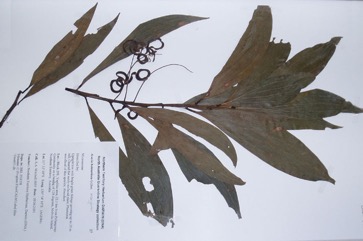
A tropical plant. A native of Queensland Australia. It occurs across SE Asia to Malaysia. It prefers medium to heavy soils. It needs a protected shady position. It is drought resistant and can tolerate waterlogging. It is probably damaged by frost. It suits high rainfall areas. It grows up to 195 m altitude. It suits hardiness zones 11-12.
Also known as:
Biar, Broadleaf salwood, Forest mangrove, Mangge hutan, Mangium, Sabah salwood, Tongke hutan
Synonyms
- Mangium montanum Rumph.
- Racosperma mangium
Edible Portion
- Roots, Seeds, Vegetable
Where does Hickory Wattle grow?
Found in: Asia, Australia, Hawaii, Indochina, Indonesia, Laos, Pacific, Papua New Guinea, PNG, Malaysia, SE Asia, Solomon Islands, West Timor
Notes: There are about 1,350 Acacia species. Over 1,000 occur in Australia. Also as Mimosaceae.
Status: The root is used as food in Australia but it is not known if it is used for food in Papua New Guinea.
Growing Hickory Wattle, Brown sandalwood
Cultivation: It is grown from seed. The seed need to be treated to break the hard seed coat. Normally this is by putting the seeds in very hot water and letting the water cool down overnight then planting the seeds immediately. Seed are normally produced October to November.
Edible Uses: The roots of young plants are eaten. The seeds can be germinated and cooked as a vegetable.
Production: (Seed are commonly eaten by native animals making seed collection hard.) The tree is fast growing.
Nutrition Info
per 100g edible portion| Edible Part | Energy (kcal) | Protein (g) | Iron (mg) | Vitamin A (ug) | Vitamin c (mg) | Zinc (mg) | % Water |
|---|---|---|---|---|---|---|---|
| Root | - | - | - | - | - | - |
Hickory Wattle, Brown sandalwood Photos

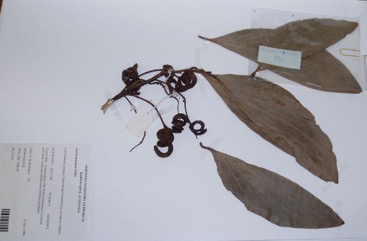
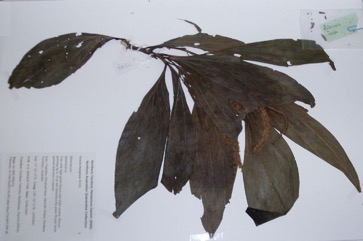
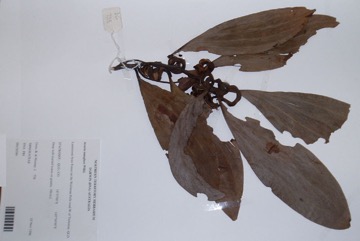
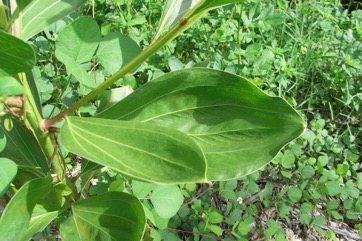
References
Bodkin, F., 1991, Encyclopedia Botanica. Cornstalk publishing, p 25
Cherikoff V. & Isaacs, J., The Bush Food Handbook. How to gather, grow, process and cook Australian Wild Foods. Ti Tree Press, Australia p 47
Cooper, W. and Cooper, W., 2004, Fruits of the Australian Tropical Rainforest. Nokomis Editions, Victoria, Australia. p 303
Cundall, P., (ed.), 2004, Gardening Australia: flora: the gardener's bible. ABC Books. p 77
Doran, J.C., & Turnbull, J.W. (Eds), 1997, Australian Trees and Shrubs: species for land rehabilitation and farm plantings in the tropics. ACIAR Monograph No 24. p 178
Dunlop, C.R., Leach, G.J. & Cowie, I.D., 1995, Flora of the Darwin Region. Vol 2. Northern Territory Botanical Bulletin No 20. p 13
Elliot, W.R., & Jones, D.L., 1982, Encyclopedia of Australian Plants suitable for cultivation. Vol 2. Lothian. p 81
Etherington, K., & Imwold, D., (Eds), 2001, Botanica's Trees & Shrubs. The illustrated A-Z of over 8500 trees and shrubs. Random House, Australia. p 54
Hnatiuk, R. J. 1990. Census of Australian vascular plants. Australian Flora and Fauna Series No. 11.
Jackes, B.R., 2001, Plants of the Tropics. Rainforest to Heath. An Identification Guide. James Cook University. p 64
Jones D, L, 1986, Ornamental Rainforest Plants in Australia, Reed Books, p 147
Latham, P. & Mbuta, A. K., 2017, Plants of Kongo Central Province, Democratic Republic of Congo. 3rd ed p 14
Soerianegara, I. & R. H. M. J. Lemmens, eds. 1993. Timber trees: Major commercial timbers. In: Plant Resources of South-East Asia (PROSEA) 5(1):48, 58.
Sp. pl. 4(2):1053. 1806
Sukarya, D. G., (Ed.) 2013, 3,500 Plant Species of the Botanic Gardens of Indonesia. LIPI p 99
Townsend, K., 1994, Across the Top. Gardening with Australian Plants in the tropics. Society for Growing Australian Plants, Townsville Branch Inc. p 60
USDA, ARS, National Genetic Resources Program. Germplasm Resources Information Network - (GRIN). [Online Database] National Germplasm Resources Laboratory, Beltsville, Maryland. Available: www.ars-grin.gov/cgi-bin/npgs/html/econ.pl (10 April 2000)
World Checklist of Useful Plant Species 2020. Royal Botanic Gardens, Kew
www.worldagroforestrycentre.org/sea/products/afdbases/af Verdcourt, B., 1979, Manual of New Guinea Legumes. Botany Bulletin No 11, Division of Botany, Lae, Papua New Guinea. p 170